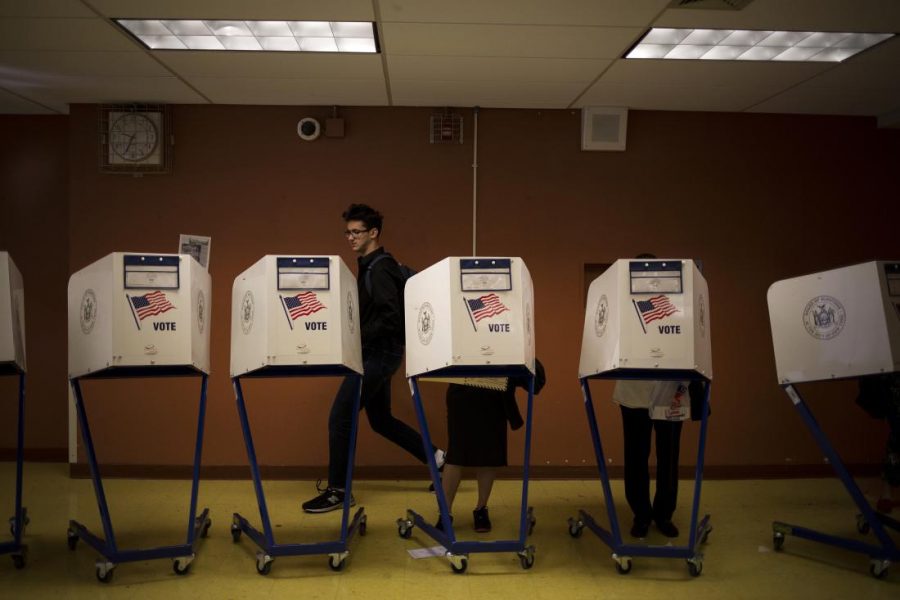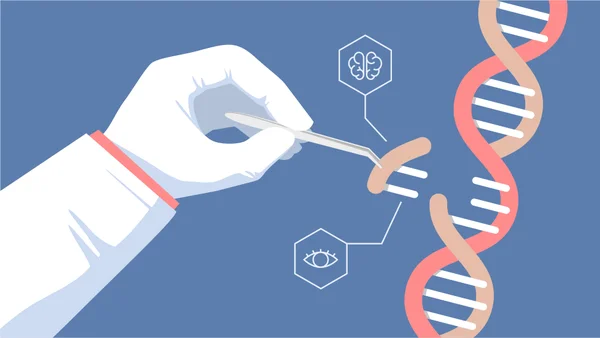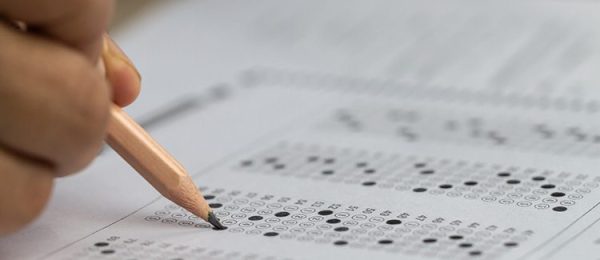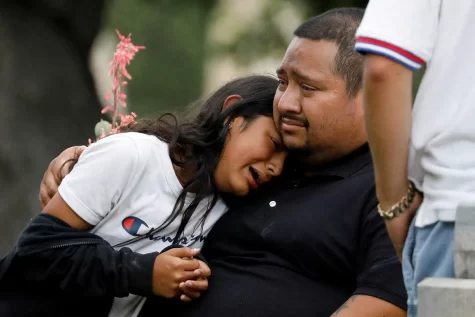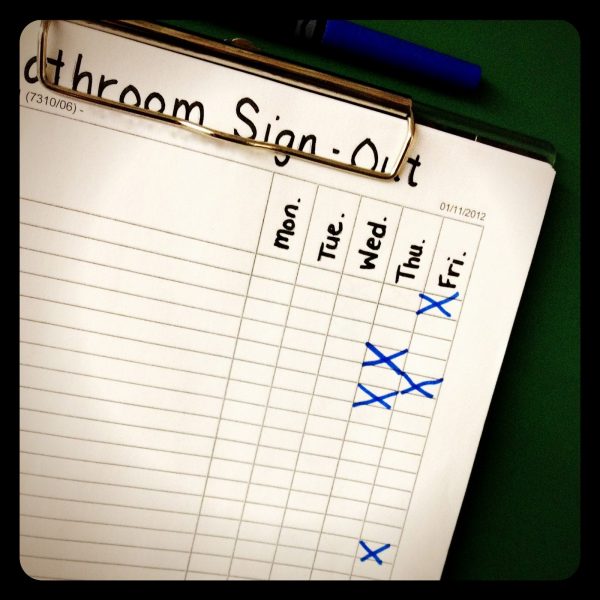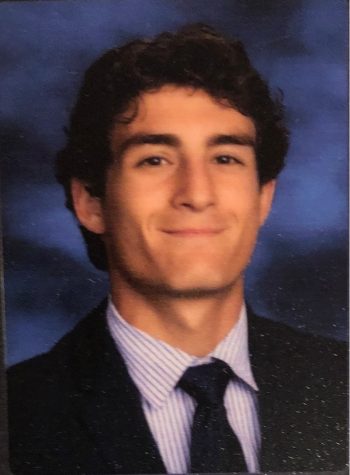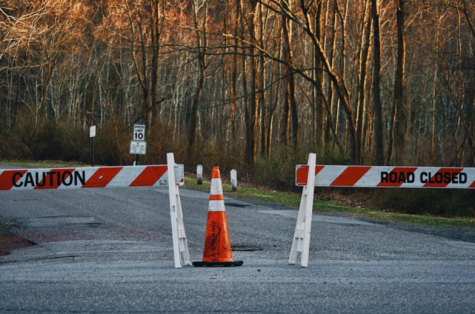New to New York? Consider Connecticut
An account on the restrictive voting policies of New York.
Residents cast ballots during the presidential primary vote at a polling location in New York, U.S., on Tuesday, April 19, 2016.
I remember just exactly where I was when my mother broke the news: sitting slumped in science class and gazing gloomily through the glass when I hear my phone hum. With eyes wide and mouth agape, I read my mother’s text message:
“I’m a registered Independent.”
A gasp! Head spinning, I struggle to find words. A million questions ricochet across my skull, the biggest being, “Why?” O, Mother, my dear Mother, what could have possessed you? To sign away your sacred democratic right in the State of New York, where your stake in the government goes to die! O, the horror of it all!
New York is the worst state for independent voters. See, in such a reliable state as ours, which has voted blue since 1988, it is arguably more important to vote in the primary than in the general election. New York holds a closed primary election, meaning that only voters affiliated with the Republican and Democratic parties can cast a vote for their preferred candidate, and Independents, therefore, are barred from participating. Of course, the clear solution for unaffiliated voters is to change your party affiliation to that whose candidate you prefer. Simple! But sadly, it’s not. The deadline to switch parties falls over six months before the primary itself—the earliest cutoff point in the nation. Unfortunately, many of New York’s three million Independents are unaware of this deadline, and those who are may still be undecided at such an early point in the presidential race.
On top of this, same-day registration, a reform that allows voters to register on site, is unavailable to New Yorkers. Though fifteen states have already embraced SDR, New York still requires voters to register ten days before the primary, which in turn severely reduces the youth vote. Another policy that curtails the youth vote is the age requirement. In twenty states, 17-year-olds who will be 18 by the time of the general election are permitted to vote in primaries and caucuses, providing a more accurate scope through which to judge support for each candidate.
And even if somehow you’ve managed to jump through all of these hoops, don’t get your hopes up just yet! Some 126,000 Brooklyn Democrats were purged from the rolls by some unknown error on the part of the chaotic mess that is the New York City Board of Elections. On top of that, many polling centers were severely understaffed, opened late, and closed early. Some even ran out of ballots. New York City Comptroller Scott Stringer has launched an audit against the B.O.E. in hopes of correcting this mayhem in the future. Well, we’ll see in four years, I guess, but in the meantime, if you’re an Independent (or any registered voter for that matter), consider Connecticut.


